Last Sunday, I had the opportunity to experience the sort of awe that doesn’t come around enough in our lives. Nestled in the vast landscape of rural Brumadinho, Brazil is Inhotim. I don’t even know where to begin. You can think of Inhotim as a 5,000 acre open air museum – one of the greatest modern art collections embedded in the most stunning botanical garden you will ever experience. It took my breath away.
Eisenhower Fellow alumnus Josiano Gomes Chaves was my driver and companion for the day. With 100% chance of rain for the day, I feared the day would be a bust, but we forged ahead and left Belo Horizonte for the 40 minute trek. As we traveled through the countryside on red dirt roads, dodging cows and horses, I couldn’t believe that this was the path to the infamous Inhotim that I had heard so much about! But, indeed it was.
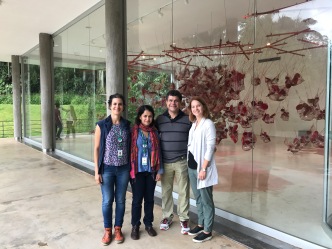
Inhotim Deputy Executive Director, Raquel Novais, met us at a private back entrance and opened the gate. Driving through the giant gate and seeing the lush, tropical landscape surrounding us, I felt like I was in a scene from Jurassic Park. For the next 6 1/2 hours Raquel and Inhotim Education Manager, Yara Castanheira, guided us through the gardens and shared every bit of detail on the history, the artwork, the community and the operations of this magnificent organization.
Founder, Minas Gerais businessman Bernardo de Mello Paz envisioned that his family’s private land could be turned into a one-of-kind destination in which art could be integrated into the natural world, and that access and community participation would be at the core. The art should be contemporary, political, provocative, and relevant; science and nature should be in dialogue with the art, shaping questions of and critiquing modern society; and the entire enterprise should engage and benefit the local community. Paz imagined that Inhotim would be a multidisciplinary organization to serve as a driving force for sustainable human development. Thank goodness for visionary leaders that push the boundaries of what we think is possible.
Inhotim is just 10 years old and by most measures one would conclude that Paz’s vision has come to life in an incredibly successful way. If numbers are the measure, here you go… Inhotim employs 700 people, 80% of whom are from the local community of Brumadinho (population is approximately 35,000) and for the majority of them this is their first job. Their education programming serves 80,000 school children and 400 teachers from 11 surrounding cities. Additionally, 90 young people are part of an Inhotim program learning instrumental music and 30 students, ages 12-14, are part of select group in a 2-year lab process that has a scholarly research focus, teaching them to study and question the world around them through art and botanicals. Over 2 million people have engaged with Inhotim thus far.
 Inhotim has always been a good partner with local entrepreneurs, designers and businesses in a collaborative approach to accommodate their visitors in a way that creates a comfortable and beautiful experience for guests, uses smart and sustainable design approaches and helps ensure economic viability for the local community. Currently, they are planning a multi-phased development, that will provide an additional 2,000 hotel beds in the area, designed for the different profiles of their visitors. While their guests come from all over the world, Inhotim’s approach has always had their local community at the heart of the concept.
Inhotim has always been a good partner with local entrepreneurs, designers and businesses in a collaborative approach to accommodate their visitors in a way that creates a comfortable and beautiful experience for guests, uses smart and sustainable design approaches and helps ensure economic viability for the local community. Currently, they are planning a multi-phased development, that will provide an additional 2,000 hotel beds in the area, designed for the different profiles of their visitors. While their guests come from all over the world, Inhotim’s approach has always had their local community at the heart of the concept.
I am by no means an expert in modern art or museum studies, nor can I claim to have great depth of knowledge about plant science, so I will let the experts weigh in on the prestige of the art collection
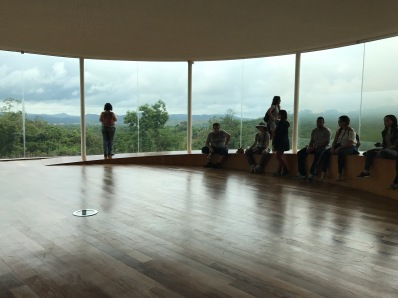
and its ranking as a botanical garden (although, with 1003 pieces of art and a botanical collection containing rare species from every continent, I’m pretty sure it holds great significance in both categories). But as a lover of art, the outdoors and community building, I have never been more engaged, inspired and stimulated than I was throughout my day at Inhotim. It spoke to my soul and my sense of wonder.
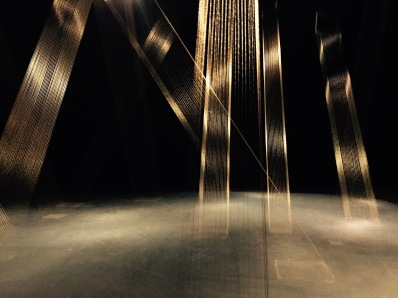 Recently, a colleague of mine gave me an article on the subject of awe (thank you Catherine!). Too busy to read it at the time, I packed it in my stack of things to read on the long plane ride. The article defined awe as “the feeling of being in the presence of something vast or beyond human scale, something that transcends our current understanding of things.”
Recently, a colleague of mine gave me an article on the subject of awe (thank you Catherine!). Too busy to read it at the time, I packed it in my stack of things to read on the long plane ride. The article defined awe as “the feeling of being in the presence of something vast or beyond human scale, something that transcends our current understanding of things.”
They have been studying the science of awe at U.C. Berkley’s Social Interaction Lab. Research has demonstrated that awe helps bind us together as human beings, shifting our thinking from “me” to”we”. It also makes us nicer and happier, actually making us act more generously, ethically and fairly. And, it alters our bodies. It is the positive emotion that most strongly predicts reduced levels of cytokines, the marker of inflammation linked to depression. With a better understanding of this, researchers are suggesting that a lack of nature and “opportunities for awe” add to stress and health damage, particularly for those living in urban blight and/or poverty. Wow. That’s pretty powerful stuff. For all of us working in community arts and cultural programming, perhaps we should start to measure our work by the awe-factor?
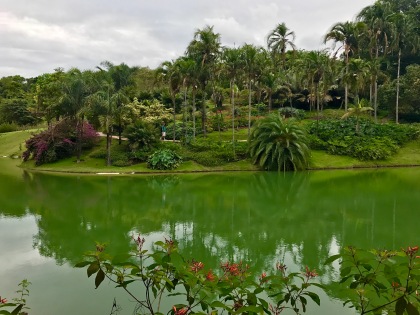 Inhotim tops the charts on awe-factor. As I walked through the grounds and exhibitions I experienced something so meaningful and pure. It stimulated by emotions, my senses and my intellect.
Inhotim tops the charts on awe-factor. As I walked through the grounds and exhibitions I experienced something so meaningful and pure. It stimulated by emotions, my senses and my intellect.
Awe is hard to come by. It can’t be mass-produced. It can’t be bottled. And you can’t always get it on demand. Sometimes you stumble upon it, sometimes you go in search of it, and sometimes it sneaks up quietly and is right in front of us. I think the key is that we have to be paying attention and open to it. We have to believe in its power, and listen to its lessons. If awe has the power to inspire, heal, change our thinking and bring people together, then I am all for each of us finding a little more awe in our life.
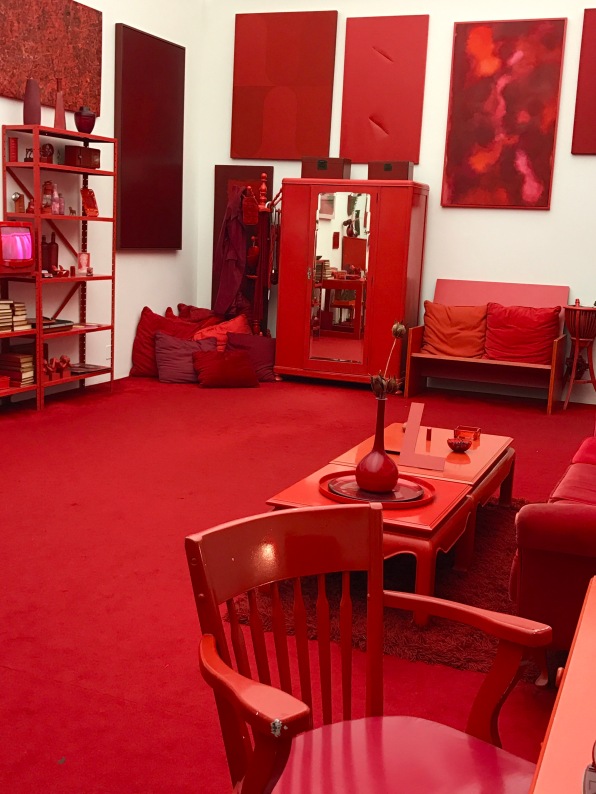
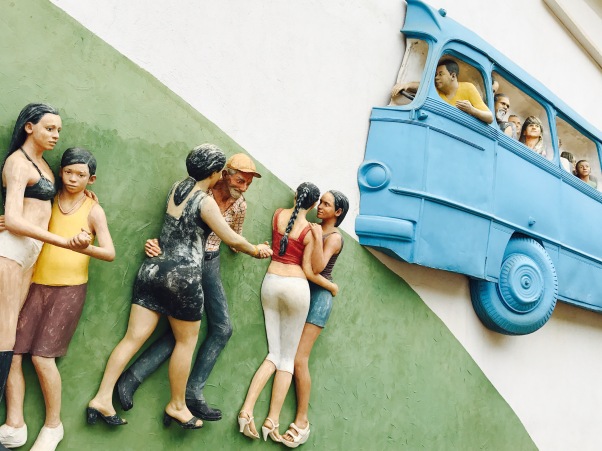
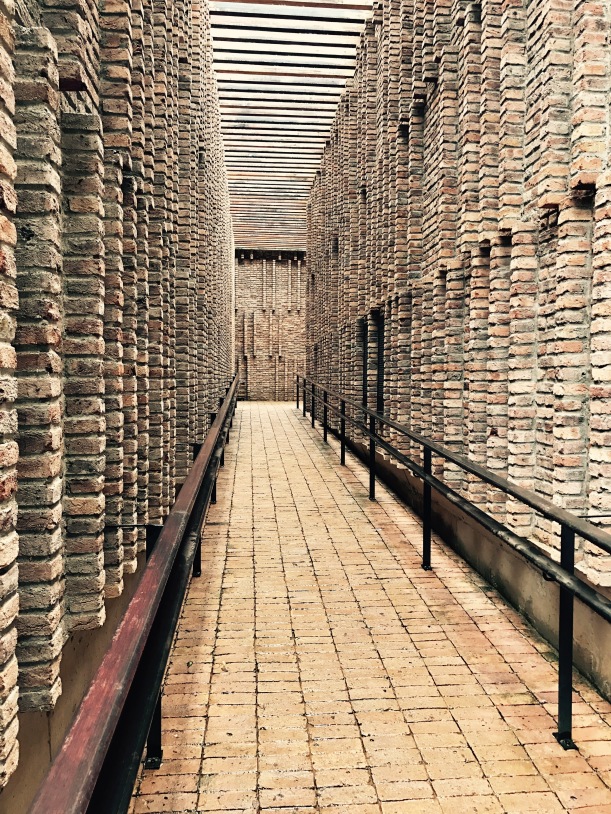
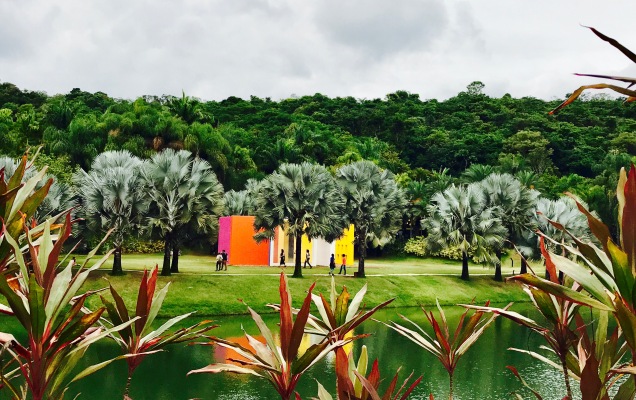


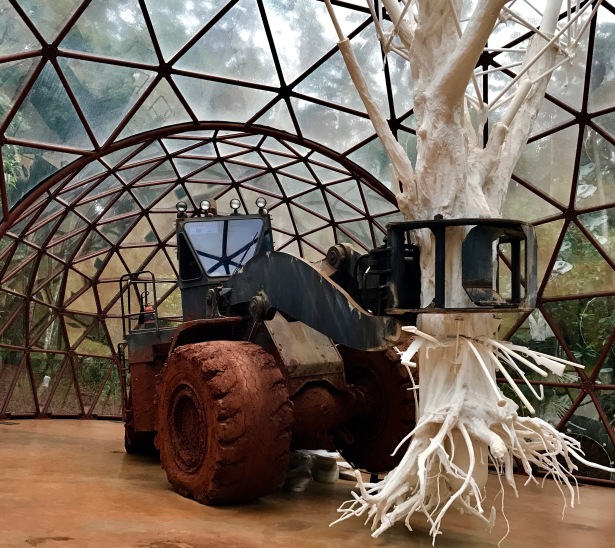
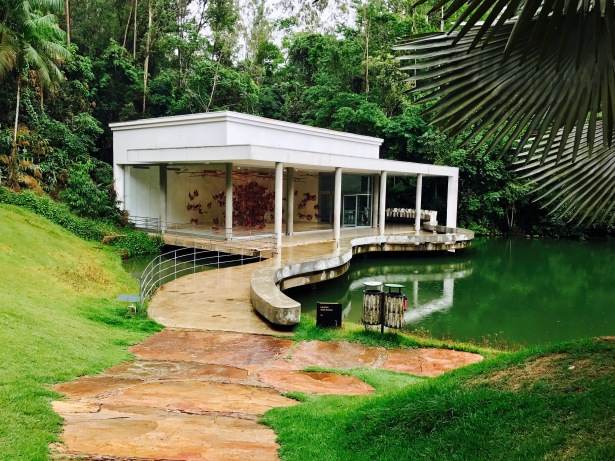
Kelly, many thanks and congratulations on this piece! Two years ago, I had a similar wonderful opportunity to visit Inhotim, also with Josiano Gomes and Anna Barbara Proietti ’00. You have described the experience perfectly—it is an awesome treasure!
LikeLike